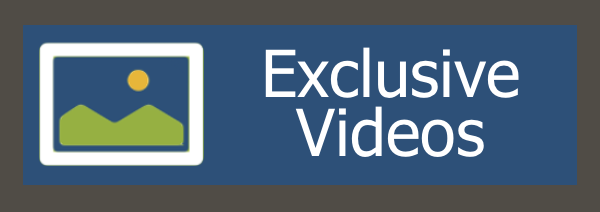EXPERIENCE > SCIENCE TOOLS
If you’re interested in science it’s important to start training on tool used by scientists. One of the first and most important would be a scientific field notebook. This tool is used by scientists to compile notes while working outdoors. Accurate documentation is very important because observations, measurements and discoveries won’t mean a thing if you can’t record them and share them with others. Plus, the field notebook can be fun to both create and maintain.
If you’re interested in science it’s important to start training on tool used by scientists. One of the first and most important would be a scientific field notebook. This tool is used by scientists to compile notes while working outdoors. Accurate documentation is very important because observations, measurements and discoveries won’t mean a thing if you can’t record them and share them with others. Plus, the field notebook can be fun to both create and maintain.
Build It, Use It...
You may want to consider creating your own field notebook as opposed to buying something generic at the store. This notebook will always be a work in progress since you will add information as long as you work in the field. Here are some things you can do to get your field notebook started:
Assemble your materials. Decide what you will use for your field notebook. A binder to which you can add pages will probably work best. Data recording worksheets are included for various Oceanscape Network activities, so using a binder allows you to add these worksheets to your notebook. Other options to consider include stapling the worksheets and blank pages together to create a notebook or using a ready-made notebook or journal and entering the worksheet data by hand. You can also create your own unique field notebook cover; but be sure to include your name, grade, and school. Bring your field notebook each time you go into the field.
Provide plenty of room. Since you’ll be writing a lot, be sure to include lots of blank pages in your notebook. Use these page to write or draw what you see, hear, smell, feel or possibly even taste – but only if you know it’s not harmful to you!
Take careful notes. If you visit a site more than once, make note of what changes each time – such as a new or missing plant or different types of animals you encounter. Always record the date and time when you make an observation. It is also a good idea to record this information on every page of your notebook so you can re-order them if necessary.
Question what you see. As you observe, you may have questions about what you see. Be sure to write your questions down. Who knows, they may become the guiding questions for another field study!
Assemble your materials. Decide what you will use for your field notebook. A binder to which you can add pages will probably work best. Data recording worksheets are included for various Oceanscape Network activities, so using a binder allows you to add these worksheets to your notebook. Other options to consider include stapling the worksheets and blank pages together to create a notebook or using a ready-made notebook or journal and entering the worksheet data by hand. You can also create your own unique field notebook cover; but be sure to include your name, grade, and school. Bring your field notebook each time you go into the field.
Provide plenty of room. Since you’ll be writing a lot, be sure to include lots of blank pages in your notebook. Use these page to write or draw what you see, hear, smell, feel or possibly even taste – but only if you know it’s not harmful to you!
Take careful notes. If you visit a site more than once, make note of what changes each time – such as a new or missing plant or different types of animals you encounter. Always record the date and time when you make an observation. It is also a good idea to record this information on every page of your notebook so you can re-order them if necessary.
Question what you see. As you observe, you may have questions about what you see. Be sure to write your questions down. Who knows, they may become the guiding questions for another field study!





